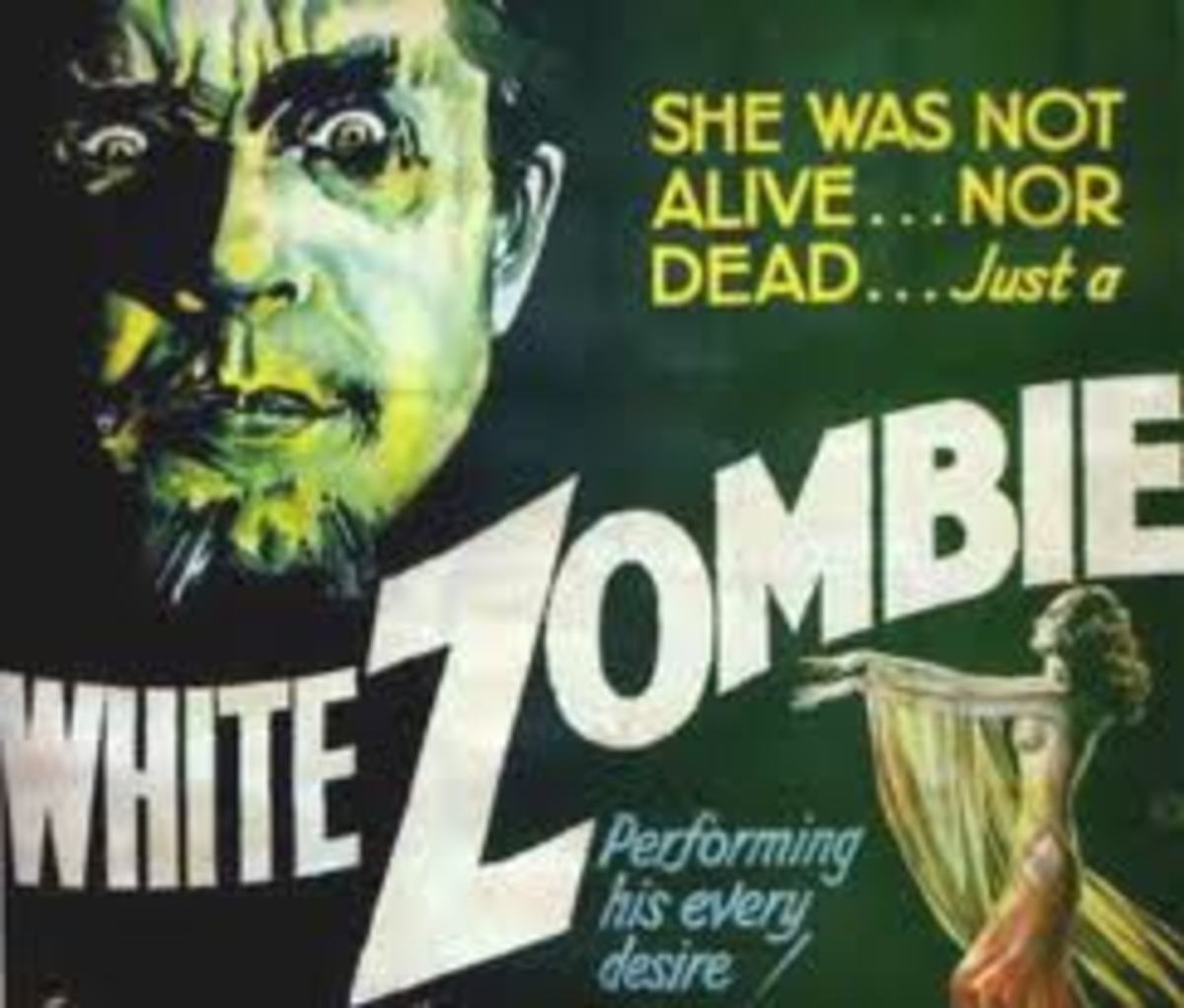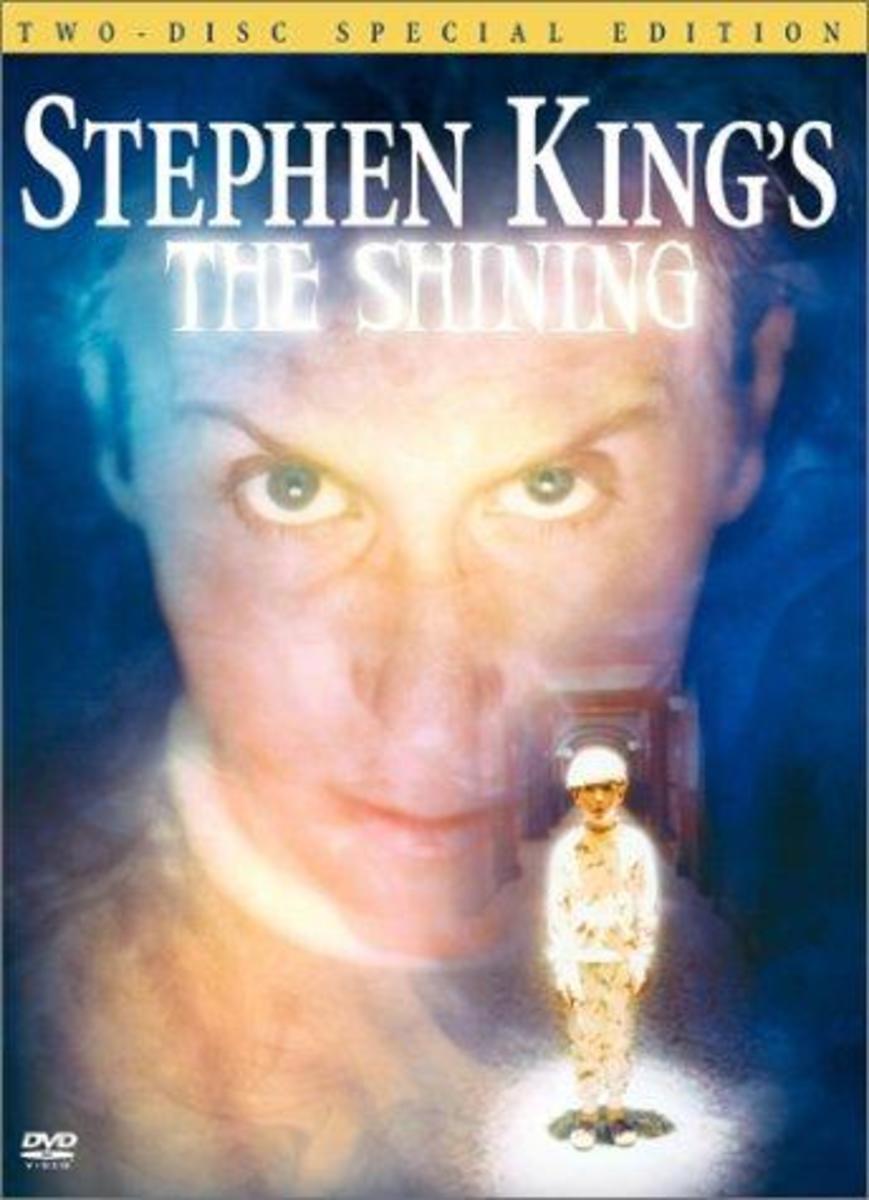Horror: Society's Fears Confirmed
Horror movies from different decades are a reflection of society's fears at that time. *There may be movie spoilers in this hub!*
Imagine your absolute worst fear: Perhaps aliens will invade and take you from your bed. Perhaps a man will appear to you out of a mirror and destroy your entire life. Or maybe a deadly disease will wipe out the entire planet. Now imagine those coming true. That is horror. Horror films almost always have an underlying meaning to them: what is going on in society at that time. In his book Horror: A Thematic History in Fiction and Film, Darryl Jones presents these horrors as internal horrors or external horrors, saying, “America and its values are consistently presented as under threat of invasion from enemies Without, or infiltration from Within.” If one looks from the 1920s all the way to today, they’ll see that horror films reflect what was going on at the time, whether it was fear of aliens, war, or disease. Each horror film from each time period is a reflection of society’s fears at that particular time.
1922: "Nosferatu"
We’ll begin in the early twenties in Germany, when a revolution known as the German Expressionist Movement was occurring. Life for the Germans was dull and they lived in fear of an invasion by a deadly plague or foreigners. People began to express their fears and ideas through art, theater, and most importantly, film. One of the earliest horror films, Nosferatu (1922) was a silent feature that reflected a few of these fears. Count Orlok is a vampire who is brought to the town of Wisburg by a real-estate agent named Hutter. But what Orlok is really after is not a house, but blood, specifically that of Hutter’s wife, Ellen. He also brings with him a plague.
Count Orlok symbolizes all of the town’s fears. The Germans feared immigrants, specifically Jews, and the German audience saw Count Orlok as a Jew because he was so incredibly different and foreign; furthermore, he had Jewish features. The name “Nosferatu” also means “plague-carrier” and in the film, Count Orlok was believed to have brought the plague to the town of Wisburg. Count Orlok stands for everything that the Germans were afraid of in that particular time in history.
1956: "The Invasion of the Body Snatchers"
In the fifties, due to a radio misunderstanding one night and the influences of the Cold War and McCarthyism, America was terrorized by the thought of invading Martians. Additionally, uncertainties plagued the nation: they did not know if there would be a war or if they would be attacked. Senator McCarthy accused many Americans of being Russian spies and even if they claimed they were innocent, lives were still ruined. A perfect example of this terror is The Invasion of the Body Snatchers (1956). Dr. Miles Bennell, along with his high school sweetheart Becky, discovers that their small California town has gone into mass hysteria. Everyone believes that relatives and friends are imposters; they look, act, and sound just like the people of the town, but there is something missing: emotion. Soon enough, they discover that giant sea pods are giving birth to exact replicas of everyone and that they are here to take over the world.
This film could represent a number of American fears. For one, the fear of nuclear weapons causing mutation: in the beginning of the film, Miles and his friends find a body that is clearly dead, but does not have a mark upon it. Second, a fear of foreigners or spies from other countries: in the film imposters replace relatives and Becky’s father becomes a complete stranger to her. Or third, just the plain fear of aliens invading from another planet: when Miles is arguing with the already mutated higher authority figures of the town, they tell him that “out of the skies came a solution.” As Miles says at the end of the film, “One moment’s sleep and the girl I loved had become an inhuman enemy bent on my destruction.” This reflects society’s fears; if you cannot trust your own loved ones, then who can you trust?
1977: "The Hills Have Eyes"
During the seventies, the nation was deeply divided on opinions of the Vietnam war, but the majority agreed that the war was unnecessary and many feared the draft. It was a brutal war and those who came back from it were never the same again. The film The Hills Have Eyes (1977) depicts a family who becomes stranded in a desert and is terrorized by a group of cave-like men. Right in the beginning, there are military planes flying overhead, signifying that it could be a time of war, and it is these planes that distract the family and send them spiraling into a desert in the middle of nowhere.
The fact that the family is stranded in an unfamiliar place with strange people is unsettling and this could symbolize how Vietnam was a strange place to Americans and its occupants were even stranger. The very thought of someone so different and unknown would scare many people, since unknowns could be a potential threat to them and their family. The hill people in the movie seem to signify terrorists or the Vietnamese at the time; they symbolize the others and the nation’s fear of those others.
The entire movie is almost like a mini-war and a struggle for survival by both sides, with one camp spying on the other and preparing to attack. The attacks on the family are brutal; women are shot, the father is burned, and the baby is stolen. The remaining family members are Bobby, Brenda, Doug, and the baby Katie, and it is certain that if and when they get out of the desert, they will never, ever be the same. The message here appears to be that war tears apart families and leaves everyone involved scarred.
1992: "Candyman"
During the nineties, there was no one main event to produce a horror movie. Instead, there were many different issues, ideas, and fears as the new decade emerged and Americans became more modern. The horror film Candyman (1992) features a few of these. The film is based on a simple urban legend: if someone looks in the mirror and says “Candyman” five times, he will come and get them. Helen Lyle does not believe this and she literally goes looking for trouble, researching the topic and venturing into dangerous places. But mysterious murders begin to take place and Helen is the one who looks guilty and crazy. Candyman is framing her and trying to lure her in.
Although the subject is as old as time, race and racial discrimination was still an issue in the nineties and this is evident in the film. It was a time when there were dangerous housing projects underway and white and blacks in that part could still see each other as complete opposites, not meant to mix. When Helen makes her appearances at the housing project, she is taunted by black men and told by everyone else that she should not be there. Later on when she is attacked, she remarks how “Two black people get murdered and they do nothing. A white woman gets attacked and they lock the place up.” Some parts of the film show that different races can mix. The black Candyman not only targets the white Helen, but he kills black people as well. Also, the housing project respectfully appears at Helen’s funeral at the end of the movie.
Psychology was an interesting phenomenon at the time and Candyman showed a completely different sort of horror: that which is in your own mind. Candyman creates such a nightmare for Helen that she does not know if Candyman exists, or if maybe…she is Candyman. As psychology was slowly advancing every decade, this revelation would frighten many people. And of course, there are popular myths and urban legends that have become so much a part of society that they can be paralleled with reality. Helen’s husband Trevor tells his class, “they are the unselfconscious reflections of the fears of urban society.”
2008: "Doomsday"
Today, in the twenty-first century, there are many fears of different societies, whether it is here in the United States or overseas. Global warming, terrorism, and even disease, such as the Bird Flu epidemic, have all been hot topics in the last few years. Doomsday (2008) is the perfect reflection of society’s fears for today. In the United Kingdom, a deadly disease called the “Reaper Virus” has killed thousands. The government has decided that the best solution is to put a big wall up and leave the people there to die. However, twenty years later the virus resurfaces and a group of specialists are sent in and assigned a mission: to find a cure.
Today, the threat of a virus or a modern-day plague is very frightening; if the disease is faster and stronger than the human race, then it could mean extinction. Along with that, fear drives people absolutely insane: in the movie, a wall is hastily put up, which prevents the people inside from escaping and leaves them to die a slow, horrifying death. A disease this deadly could tear families apart; if one member is infected, then the rest abandon them or are forced to. Major Eden Sinclair is forced to leave her own mother behind, sealed in the wall, as she is flown to safety. And lastly, the horror of what can become of the human body frightens everyone. Live bodies rotting, roasting eyeballs to eat, and other disturbing scenes in the movie show how the world can abruptly turn into a hellish nightmare. A disease like the one in the movie directly prompts the danger of a threat to the human race, and what could possibly be the end.
Over all, horror films act out the what-ifs and darkest paranoia in our minds. It all simply deals with hatred, which Darryl Jones mentions is the cause of horror. Hate and fear go hand in hand. And so whatever hate or fear was going on at the time could easily be complied into the perfect horror film. Jones says of the many alien-related movies of the 1950s, “they are best understood as a group, reflective of the concerns of society and the times which produced them.” A journey through different periodic horror films is like a journey through history itself.












